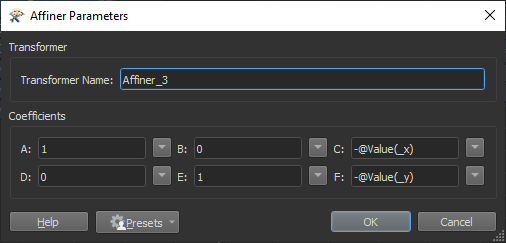Hi All, we do a lot with 3D models here with FME and one pretty common task for us is moving data from real world coordinates to a local/relative coordinate system.
It looks like FME has several ways to do this, however, none seem to be the ideal approach.
1. Use the writers built-in 'move to local coordinate system'
- Handy, however, the whole model is 'normalised' / scaled so that it fits into a 1*1 space meaning that a custom scaling must be applied in external application to have it scaled correctly
2. Use models Center Point with Offsetter to move to center origin
- Keeps scale and rotation, however, instead of offsetting the geometry it applies a TransformationMatrix. This is great in some cases, however, several formats (e.g., 3DS) can't handle the big original coordinates and so precision after the transformation is lost.
3. Use the CommonLocalReprojector
- So far I've found this to produce the best results, however, it requires that the input data have a coordinate system or else it wont work. Many 3D formats and most CAD can be in real world coordinates, however, the coordinate systems is not stored and picked up by FME meaning this can't be used
Has anyone found a robust method for moving to a local coordinate system while preserving the scale/rotation?














